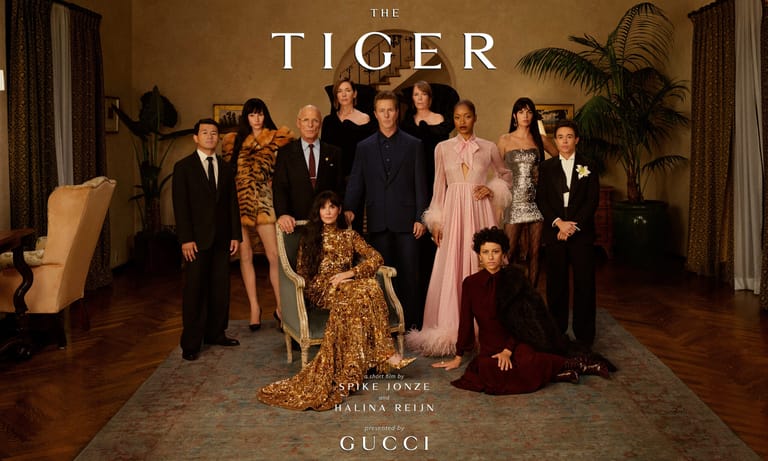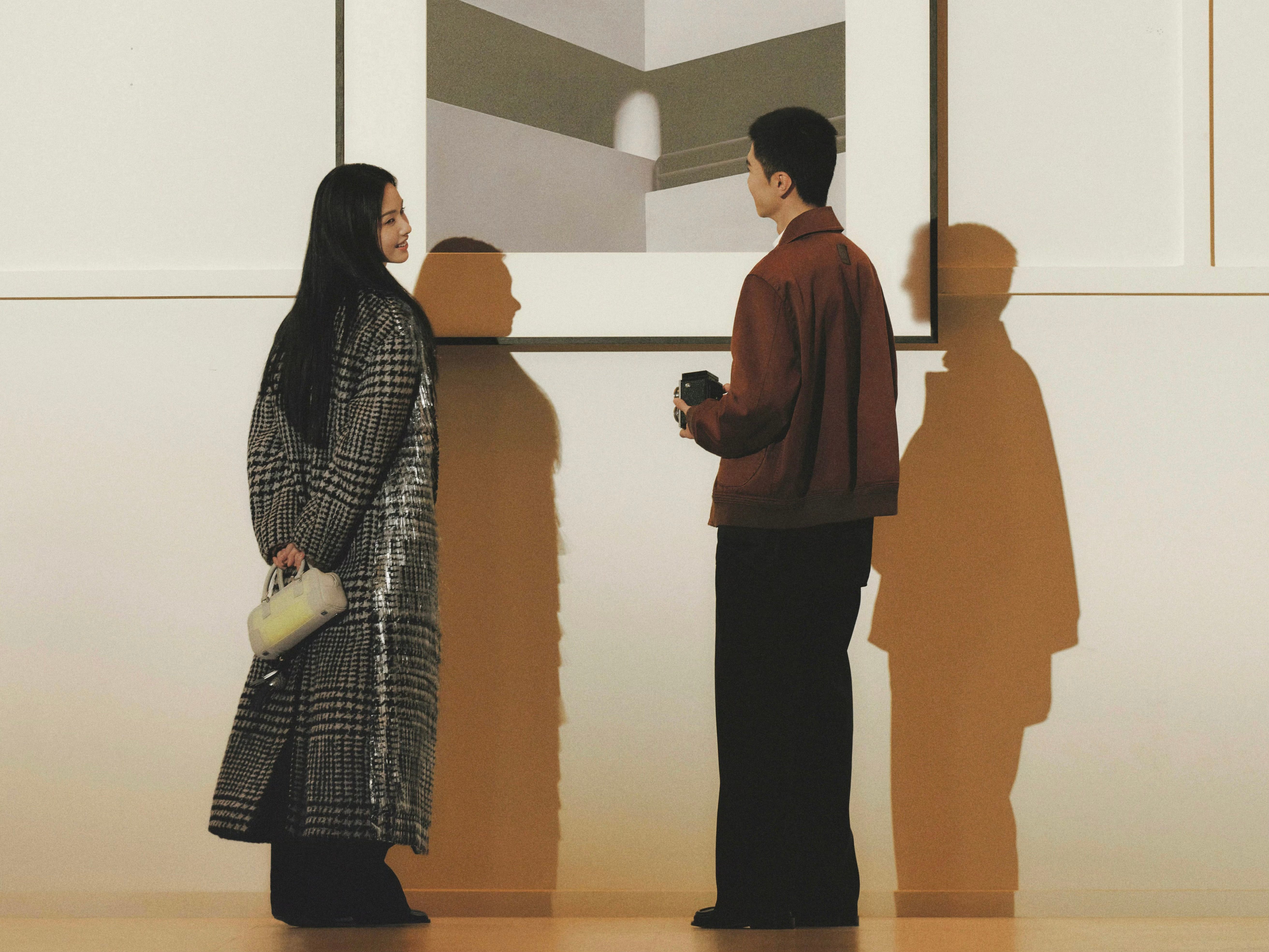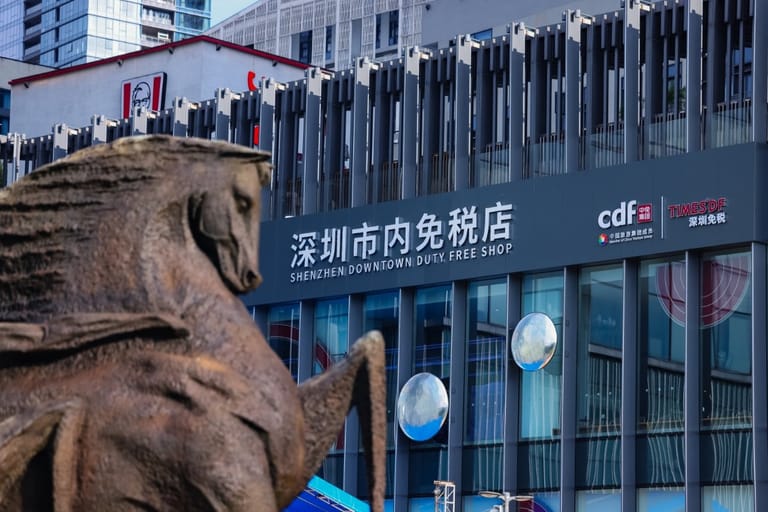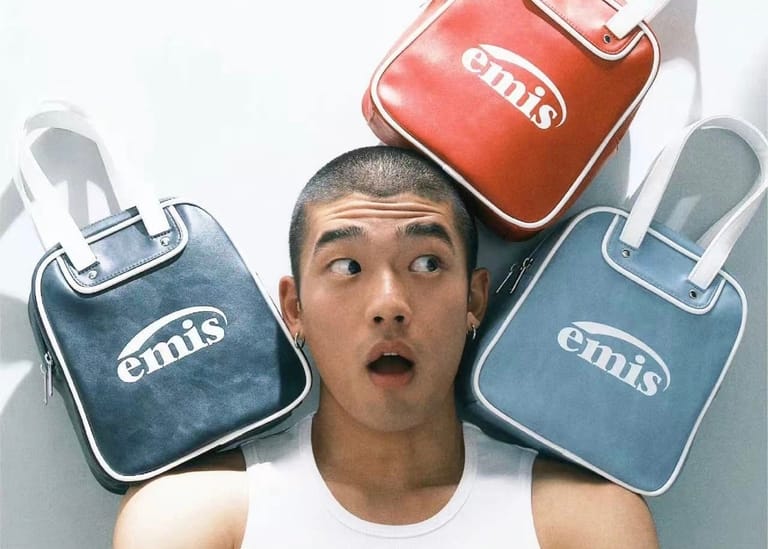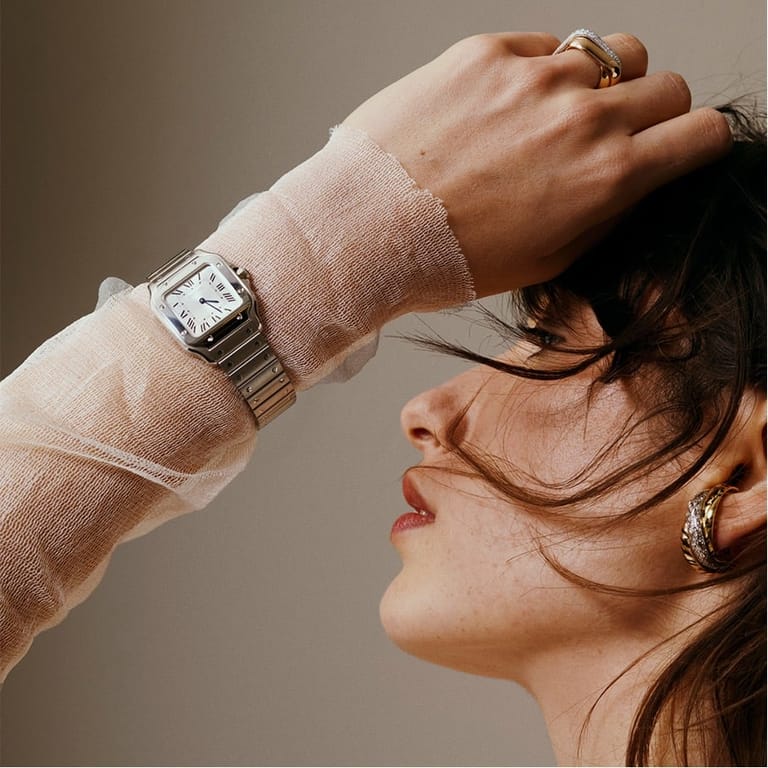Monday Briefing: Brands Raise Their Cultural Stakes in China—From Prada and VCA to L’Oréal and Lululemon
By
Wenzhuo Wu
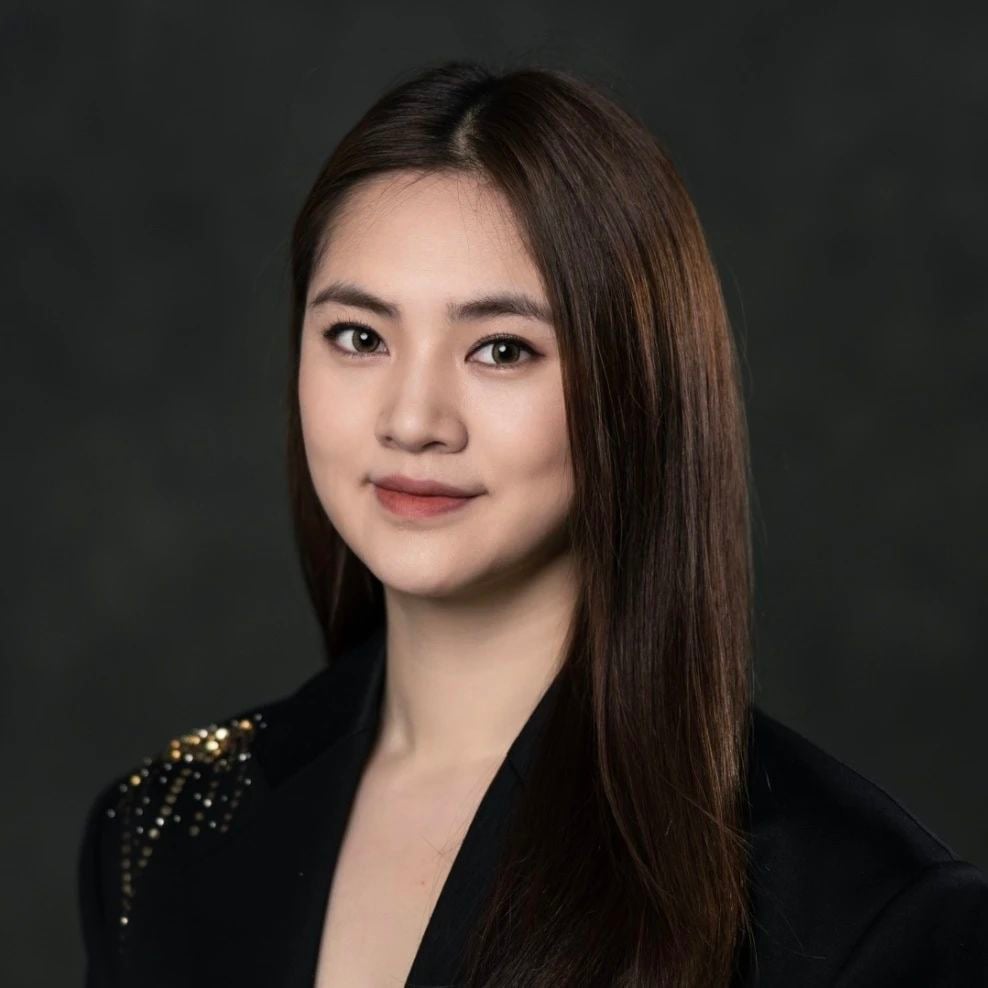
Published on
March 31, 2025
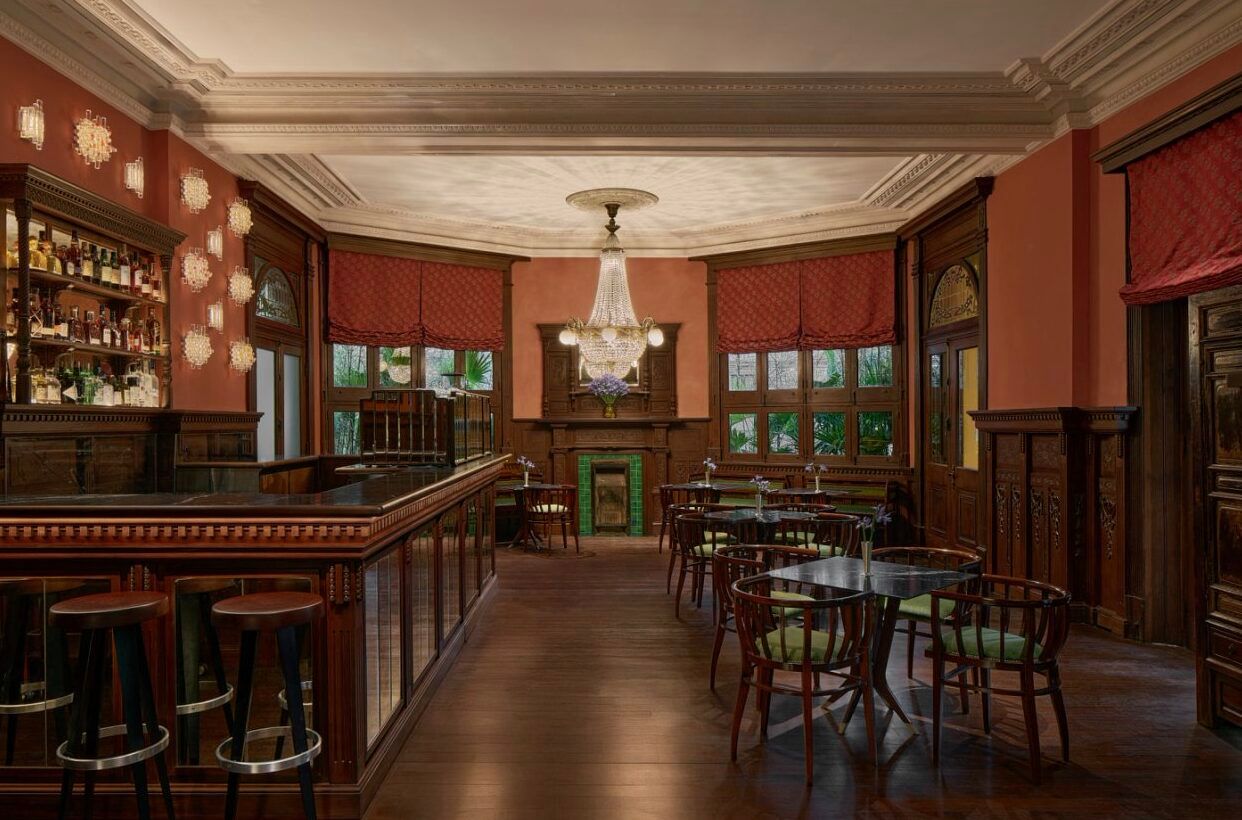
Start your week with sharp analysis and fresh insights into China’s latest cultural, luxury, and consumer trends. Monday Briefing connects the dots between local shifts and global repercussions, highlighting relevance to the luxury market, business strategies, and modern lifestyle trends shaping our world today.
Late March ushered in one of the most vibrant seasons in China, marked by the ongoing Shanghai Fashion Week and Notes Shanghai. Against this backdrop, global brands are embedding themselves into the country’s cultural and social fabric.
Prada unveiled its first stand-alone restaurant, Mi Shang Prada Rong Zhai, while Van Cleef & Arpels transformed Nanjing West Road with its Spring Garden installations. L’Oréal’s music festival struck a chord with students at Fudan University, and beyond offline activations, Lululemon reported exceptional growth driven by the Chinese market. Whether through fine dining, immersive art, music festivals, or wellness-driven retail, leading brands are refining their strategies to foster deeper emotional connections. These initiatives go beyond generating buzz—they are essential to securing long-term relevance in an increasingly competitive landscape.
Prada’s Cinematic Dining: A New Playbook for Cultural Legitimacy?
The opening of Mi Shang Prada Rong Zhai, an exclusive dining experience in Shanghai conceived by film director Wong Kar-wai, is more than just a high-profile collaboration. It signals a new strategy in luxury hospitality—one where fine dining is not simply an extension of a brand’s lifestyle positioning but a means of reinforcing cultural legitimacy.
Housed in the meticulously restored Rong Zhai mansion, Prada’s concept blurs the lines between cinema, gastronomy, and fashion. The restaurant adopts the practice of tête-bêche—bounding two postage stamps with one upright and the other inverted—using a series of mirrors to recreate Wong’s signature visual symmetry and Prada’s duality between past and present, East and West. The decision to collaborate with the In the Mood for Love auteur is particularly astute: Wong’s melancholic, nostalgic aesthetic has a deep cultural resonance in China, ensuring Prada’s project is not perceived as a superficial luxury stunt but rather as an intellectual and artistic endeavor.
-1-810x1024.jpg)
The response has been immediate—discussions on social media platform RedNote exceeded 300,000 views in under two weeks. Yet the real impact will depend on whether Prada can sustain engagement beyond novelty. With Louis Vuitton’s The Hall in Chengdu and Armani Caffè in Beijing already redefining luxury hospitality, Prada’s foray reaffirms the industry is entering a new phase where experiential luxury extends far beyond the boutique.
Van Cleef & Arpels: From SeasonalMarketing to Urban Storytelling
Van Cleef & Arpels’ “Spring Gardens” installation in Shanghai, a collaboration with French artist Alexandre Benjamin Navet, represents a more evolved approach to seasonal retail engagement. Instead of confining the activation to a flagship store, the jewelry brand transformed a section of Nanjing West Road into a walkable, immersive floral fantasy. By integrating workshops and artistic performances, the brand effectively turned a high-traffic commercial district into a living expression of its design philosophy.

The installation is a calculated response to shifting consumer behavior. Chinese luxury shoppers, particularly younger demographics, increasingly seek brand interactions beyond traditional store visits. Van Cleef & Arpels’s move reflects a broader trend where heritage maisons must actively participate in consumers’ daily lives rather than waiting for them to enter their doors. As competition in China’s high jewelry sector intensifies—particularly with domestic brands gaining traction—such large-scale engagement may prove critical in maintaining desirability.
L’Oréal’s Campus Play: A Bid for Long-Term Loyalty
At first glance, L’Oréal’s music-themed campus festival at Fudan University might appear as yet another youth-focused activation. But the event, which saw CEO Nicolas Hieronimus personally engaging with students, indicates a deeper localization strategy.
Rather than relying solely on celebrity-driven marketing, L’Oréal is embedding itself into China’s educational and entrepreneurial ecosystems. The festival was not just a music event—it marked the launch of the “2025 FUN YOUniverTH”program, spanning social responsibility initiatives, hackathons, and brand competitions. This approach recognizes that China’s Gen Z consumers are not simply brand-conscious but actively seek purpose-driven corporate engagement.
By directly engaging with future industry leaders and cultural influencers, L’Oréal is making a calculated bet on long-term loyalty. Furthermore, the activation complements China’s evolving employment landscape, where students are increasingly drawn to careers in innovation and creative industries rather than traditional corporate paths. For a beauty conglomerate, aligning with these aspirations and integrating itself into the lives of younger generations could prove to be a more effective engagement tool compared to conventional branding efforts.

Lululemon’s Numbers Tell a Bigger Story
While cultural activations can be difficult to quantify, Lululemon’s latest earnings report provides tangible evidence that long-term community-building strategies work. The brand reported a 46 percent surge in China sales for Q4 and a 41 percent increase for the full year, significantly outpacing its global growth.
This is no accident. Over the past three years, Lululemon has embedded itself into China’s fitness and wellness culture, positioning itself as more than just an apparel brand. It has successfully built a loyal following through initiatives like the Summer Challenge programs and localized mental wellness campaigns in celebration of World Mental Health Day. Unlike many Western brands that struggle to translate global success into sustained China growth, Lululemon’s strategy demonstrates the value of consistency and authenticity.
Its continued momentum highlights an important market reality: The health and wellness sector remains a bastion of growth for premium brands, even as other luxury segments face increased volatility.
What These Moves Signal About the Future
These four developments highlight a broader shift in China’s luxury and lifestyle market: Brands are moving beyond transactional relationships to build deeper cultural and emotional connections. In an increasingly competitive and discerning market, brands embedded in the daily lives and aspirations of Chinese consumers will secure lasting relevance, aligning with the pillars of “authenticity” and “commitment” defined in Jingzhi Chronicle’s Jingzhi Success Framework.






